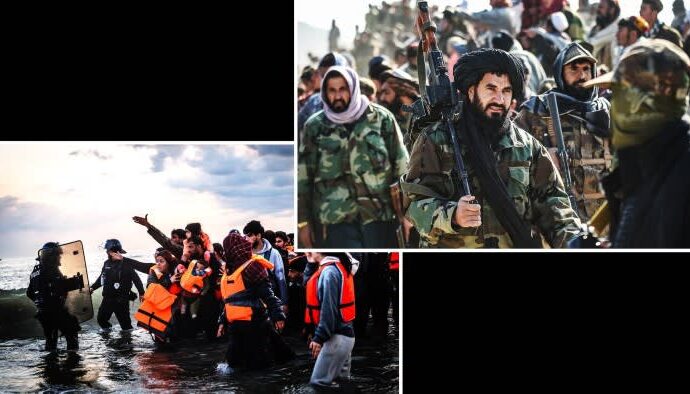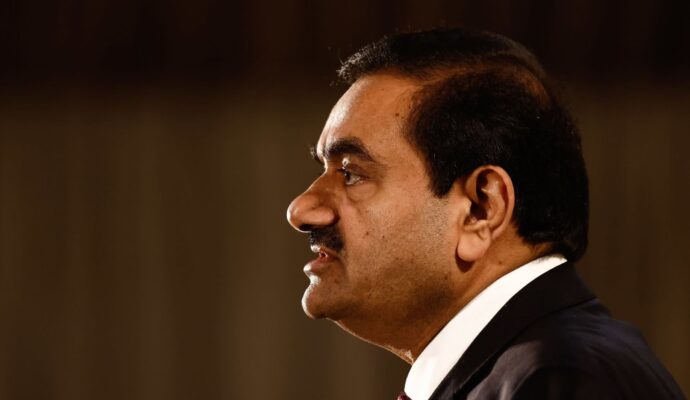
For American interests in the short run, that’s a situation with a lot of advantages. It keeps Moscow tied down in its own near-abroad, it keeps Europe focused on the necessity of rearmament and energy independence, and it undermines Putin’s rule slowly without the risk of a coup.
Unfortunately it also leaves most of Ukraine under Russia’s boot and keeps people fighting and dying for years if not decades. And then, too, if we end up sustaining the financial and cultural isolation we’re imposing on Russia right now, we’ll basically guarantee that the current Russia-China alignment becomes a true axis, even a Eurasian financial and economic system unto itself, with Russia as the weaker client but with Chinese power benefiting immensely.
A swift cease-fire followed by peace on not-entirely-ideal terms
As a balance of what’s plausible, pragmatic and humanitarian, this is the preferable endgame. The question, though, is whether there are terms the warring parties might currently accept, or whether Russia having battlefield superiority and Ukraine feeling that it has the full backing of the West will inspire a mutual maximalism that makes it hard to move from cease-fire to stability.
Consider the following hypothetical: Over the next week, Russia fails to take Kyiv but does succeed in taking Mariupol in Ukraine’s southeast, establishing control of a land bridge between Russian-controlled Crimea and the secessionist pseudo-republics in the Donbas region. At that point there is a real cease-fire and peace negotiations begin.
But who actually has the upper hand? Putin offers to trade the territory he’s taken for some of his war aims — recognition of Russian rule over Crimea, neutral status for Ukraine, a repudiation of NATO membership. The Ukrainians and their outraged Western supporters offer to end the war on Russia’s economy in exchange for an unconditional Russian retreat and dismiss the idea of rewarding a criminal invasion in any way.
Between those incommensurate views of the situation, is there a deal to be made? Or is the likely result only stalemate, a new frozen conflict, Russia isolated and wounded and dangerous, and preparations for the next war in both Moscow and Kyiv? And out of the varying options, which is the best outcome for the United States — the one that banks our strategic gains at the lowest cost in human lives and long-term dangers?
So far the Biden administration has met the test of this war’s outbreak quite impressively, both in rallying support for Ukraine and in letting events unfold to our benefit organically without taking outsize risks. But those benefits are provisional, contingent on how the war ends and what kind of peace follows — and those tests are yet to come.

